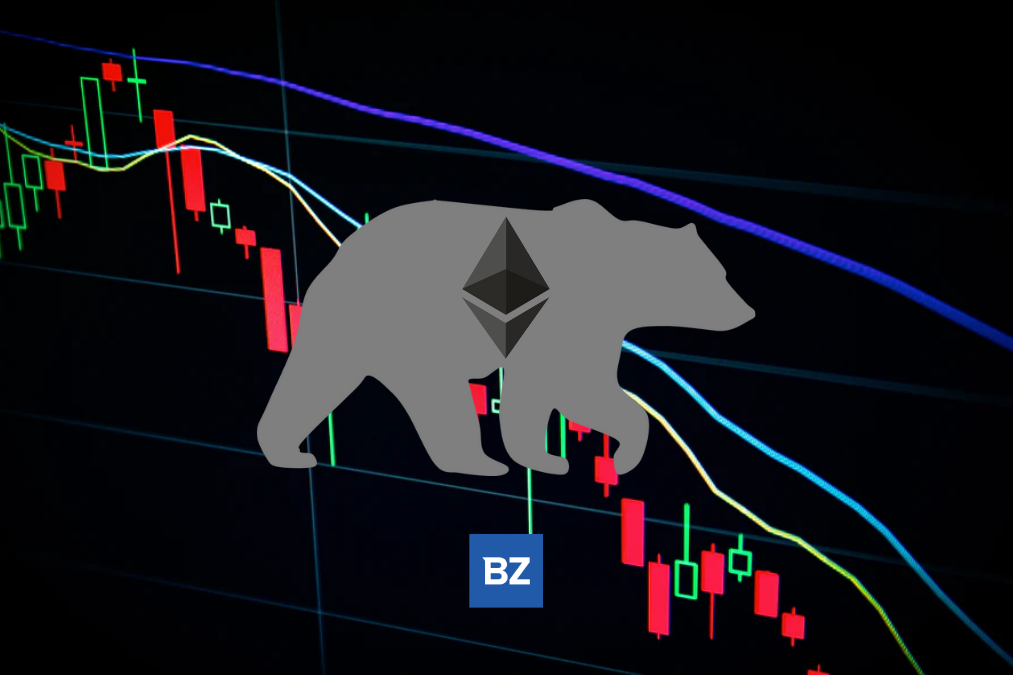- China property stocks surge to highest levels in a year as stimulus rally continues
- Hong Kong stocks rally more than 5% in sixth straight day of gains
- Dollar firm as war widens in Middle East
- Oil prices rise on escalating attacks in the Middle East
- Gold prices flat as dollar strength counters safe-haven demand
What do you believe is the single most important factor driving up the cost of living in Nigeria?
Next time you pick up a package of coffee or a pack of toilet paper, take a closer look. You might notice the package looks familiar, but what is inside has subtly diminished. This is "shrinkflation" in action, a pricing strategy used by manufacturers worldwide. By reducing product size instead of increasing final prices, companies take advantage of the psychology of shoppers who are more likely to notice a price hike than a slight reduction in size.
A pervasive trend
Despite complaints by consumers and recent government initiatives, the phenomenon shows little sign of abating. According to research by the British bank Barclays, in August, 8 out of 10 British consumers reported that the practice was hitting their finances. A quarter of them have even started to notice "double-dip shrinkflation", where products go through two or more rounds of size reductions, without a corresponding price reduction. The top five most frequently cited products impacted are chocolate (57%), crisps (44%), packs of biscuits (41%), snack bars (36%) and sweets (36%).
One of your favorite brands is probably guilty of it. Take the latest Toblerone chocolate bar for example, now a gappier version of its former self. Other well-known products to have taken a cut include Mars and Galaxy chocolate bars, McVities biscuits, Magnum ice creams, Pringles, Lurpark butter and the list goes on.
In spite of its growing use, shrinkflation is not a new trick in the corporate playbook. In times of economic turbulence, manufacturers have consistently turned to this stealthy strategy to maintain profitability without overtly raising prices. For instance, the UK government had already recorded 2,529 price quotes across the UK where the size of the tracked item had shrunk between January 2012 and June 2017. Fast forward to today, as global supply chains deal with unprecedented pressures and generalized hyperinflation, shrinkflation has re-emerged as a silent yet pervasive trend impacting consumers globally.















